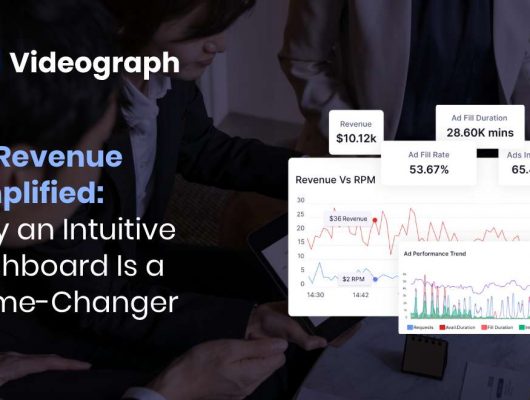Video encoding is the transformative process that enables video files to be compatible with various platforms and devices. In essence, Video encoding is the secret sauce that makes those high-quality videos you enjoy seamlessly accessible. Raw video files, in their unencoded form, are often unwieldy, taking up vast amounts of storage space and slowing down transmission. The art of video encoding allows us to strike a harmonious balance between file size and quality, ensuring that the end result is both efficient and visually stunning.
The Video Encoding Formats: Choosing the Right One
When it comes to video encoding formats, the possibilities are vast, each with its own set of advantages and disadvantages. Here’s a glimpse of the most favoured video encoding formats:
H.264
This widely embraced format is the go-to choice for online playback and streaming. It strikes a commendable balance between file size and quality, making it a dependable choice for many applications.
H.265
As a more recent contender, H.265 takes compression to the next level, surpassing H.264. It offers superior compression, but it hasn’t gained the same level of universal support yet.
WebM
Crafted specifically for web transmission, WebM boasts a compact file size and enjoys support from most contemporary browsers.
Your unique requirements will dictate the ideal video encoding format for your project. H.264 caters to those looking to reach a broad range of devices, while H.265 excels in delivering the highest quality. Meanwhile, WebM shines when you need to keep file sizes minimal.
Fine-Tuning Your Video Encoding: Beyond the Format
While selecting the right video encoding format is essential, there are additional considerations to ensure your video meets your exact specifications:
Bitrate
The bitrate represents the amount of data used to encode the video. A higher bitrate results in higher quality but also leads to larger file sizes.
Resolution
Resolution refers to the total number of pixels that comprise the video image. Higher resolutions provide sharper images but also contribute to larger files.
Frame Rate
Frame rate indicates the number of frames per second at which the video plays. A higher frame rate delivers smoother streaming but comes with an increased file size.
The optimal settings for these variables depend on the specific video and its intended use. As a starting point, consider 2,500 kbps for HD films and 1,000 kbps for SD videos. Experimenting with bitrate and resolution will help you identify the perfect combination to suit your needs.
For more in-depth insights into video quality and bitrates, explore our blog post here.
Pro Tips for Video Encoding
- For Top Quality: Opt for a lossless codec.
- To Minimize File Size: Choose a lossy codec.
- For Consistent Quality: Utilize variable bitrate (VBR) encoding.
- For Stable File Size: Employ constant bitrate (CBR) encoding.
Stay tuned for our next article on Video Codecs, where we’ll help you choose the best codec for your specific use case. Unlock the full potential of video encoding and make your content shine on any screen or device with Videograph!







